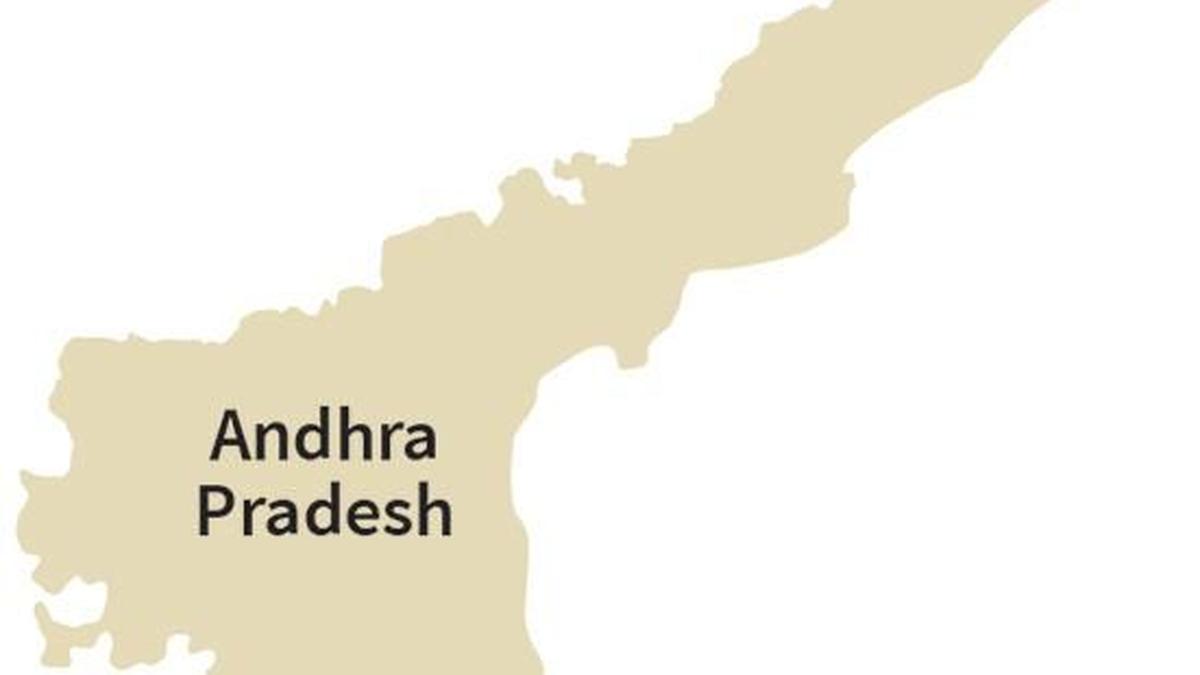The Andhra Pradesh government’s ₹81,900 crore Polavaram Banakacherla Link Project, which aims to transfer surplus water from the Godavari river to Banakacherla in the drought-prone Rayalaseema region, is in limbo. This is a contentious project as Telangana argues that it violates the provisions of the Andhra Pradesh State Reorganisation Act, 2014.
Last week, the expert appraisal committee denied clearance for the terms of reference required to conduct the environmental impact assessment and environmental management plan for the project. The committee argued that the Godavari Water Disputes Tribunal award must first be examined and that the Central Water Commission (CWC) should be consulted before any environmental approvals are granted. The government has not yet commented on this decision. A political dialogue between the Chief Ministers of A.P. and Telangana may be necessary to move the project forward.
While the bold project seems to be a solution to Rayalaseema’s acute water scarcity, a troubling question lies behind the grand ambition. Is the State mortgaging its future for a project that may never be economically viable or ecologically sound?
On paper, the project is an engineering marvel. However, its scale demands scrutiny, particularly when weighed against its energy costs, environmental footprint, and legal uncertainties. The project will require an estimated 3,377 MW of power. This is a staggering demand for a fiscally stressed State. Officials point out that the scheme will eventually generate around 430 MW; this is barely a fraction of what is needed to run it.
The environment footprint of the project is alarming. The 19.5-kilometre-long main tunnel will cut through the ecologically sensitive Nallamala forest and tiger reserve. A total of 17,739 acres of forest land is proposed for use.
It is also unclear why the State is opting for an energy-intensive solution when gravity-fed alternatives exist. The Krishna river, particularly the Srisailam reservoir, offers a natural gradient that could irrigate Rayalaseema with significantly less financial and environmental cost. Gravity-based projects such as Galeru-Nagari, conceived decades ago for this very purpose, remain unfinished.
The project is being proposed under the hybrid annuity model, which combines Central grants, State equity, loans, and private investment. A special-purpose vehicle, Jalaharathi Corporation, has been set up to execute it. The funding model envisions ₹40,950 crore in loans, ₹16,380 crore in Central grants, ₹8,190 crore in State equity, and ₹16,380 crore through private investment.
Unusually, the responsibility for obtaining critical clearances from various ministries and from the CWC is being placed on contractors.
Even if the finances and power needs are somehow managed, the project hinges on the assumption that excess floodwaters from the Godavari are flowing wastefully into the sea. But this is unverified. And as noted earlier, the committee has already denied permission for the terms of reference. Without clearance from the CWC, Central funding is uncertain.
Telangana’s Kaleshwaram Lift Irrigation Project sets a cautionary precedent. The CWC refused to approve an add-on component after determining that water availability projections were exaggerated. The A.P. government’s proposal may face similar resistance, especially in the absence of a formal agreement on sharing surplus Godavari flows.
Telangana has already raised objections under the A.P. Reorganisation Act, 2014, which mandates that all new projects on the Krishna and Godavari rivers receive clearances from river management boards. A.P., however, argues that this is an intra-State project using floodwater headed for the sea. It is a legal grey zone that could lead to years of litigation.
In recent years, A.P. has often found its interests sidelined. The Centre supported Karnataka’s Upper Bhadra project just before elections. In Telangana, it adjusted the terms of reference on Krishna water allocation just before elections. As the TDP is back in the NDA fold, speculation is rife that the Godavari-Banakacherla project could become a political bargaining chip. Rayalaseema’s long-term water security should not be reduced to Delhi’s short-term arithmetic. At the same time, development in Rayalaseema must happen through projects that are sustainable, legally defensible, and based on hydrological realities.
Published – July 09, 2025 01:48 am IST
